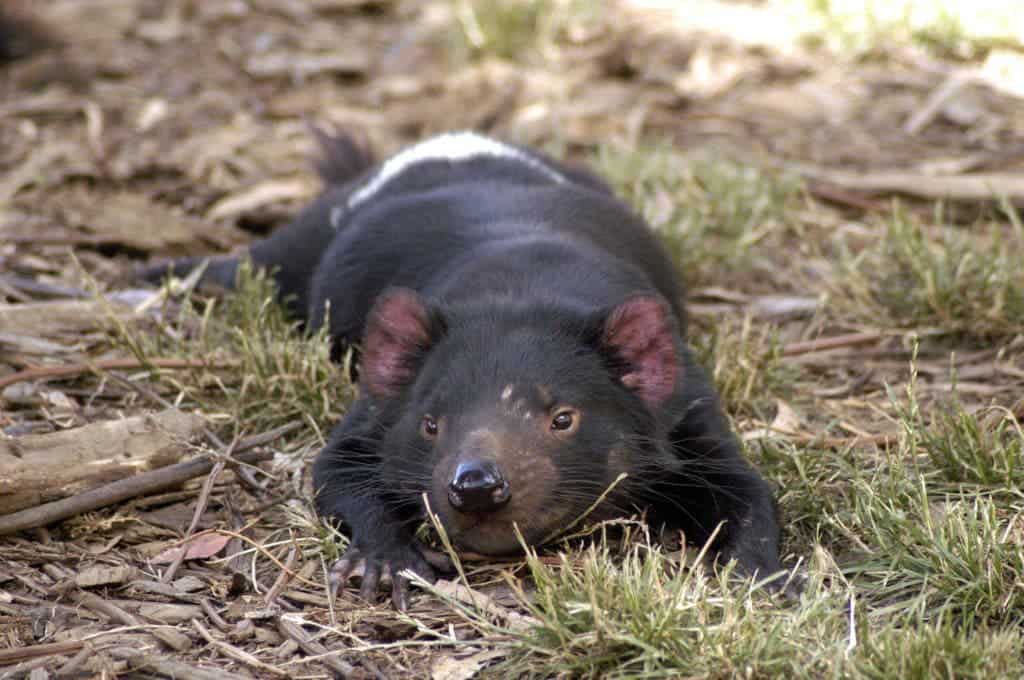
In 1996, the first case of devil facial tumor disease (DFTD) was reported by scientists. It’s only one of three transmissible cancers known to man, but also one of the most unforgiving killing almost all of its victims. Ten years later, the iconic Australian marsupial population is down 80 percent and many researchers feared the devil was done for. Genome sequencing, however, suggests the animal has adapted and some individuals have evolved resistance to the cancer.
“Our study suggests hope for the survival of the Tasmanian devil in the face of this devastating disease,” said Andrew Storfer, a Washington State University professor of biology. “Ultimately, it may also help direct future research addressing important questions about the evolution of cancer transmissibility and what causes remission and reoccurrence in cancer and other diseases.”
Storfer has been studying DFTD since it first surfaced and shocked the scientific community. Like everyone else, he was worried by models that suggested given the current rate of decline the Tasmanian devil would be wiped out soon. Yet there might still be hope seeing how some devils survived. Was there any genetic component that helped them survive?
Teaming with other specialists from the United States, Great Britain and Australia, Storfer and colleagues mined DNA collected from devils in three sites in Tasmania before and after the DFTD outbreak. The researchers found two small genomic regions in the DNA samples from all three sites that showed selection-induced changed imposed by the disease.
Five of seven genes in the two regions were related to cancer or immune function in other mammals, the scientists reported in Nature Communications. This suggests, although it doesn’t prove, that the devils are indeed evolving resistance to DFTD. And it’s happening fast too.
“If a disease comes in and knocks out 90 percent of the individuals, you might predict the 10 percent who survive are somehow genetically different,” said study co-author Paul Hohenlohe, assistant professor of biology at the University of Idaho. “What we were looking for were the parts of the genome that show that difference.”
Next, the researchers plan on determining the specific functionality of the identified genomic regions. The hope is that they can then spot those devils that are genetically resistant to DFTD, then breed them to save their species.






